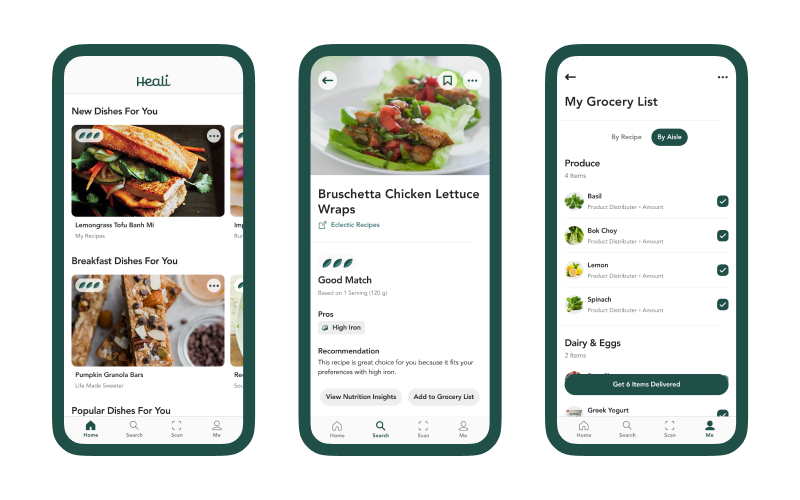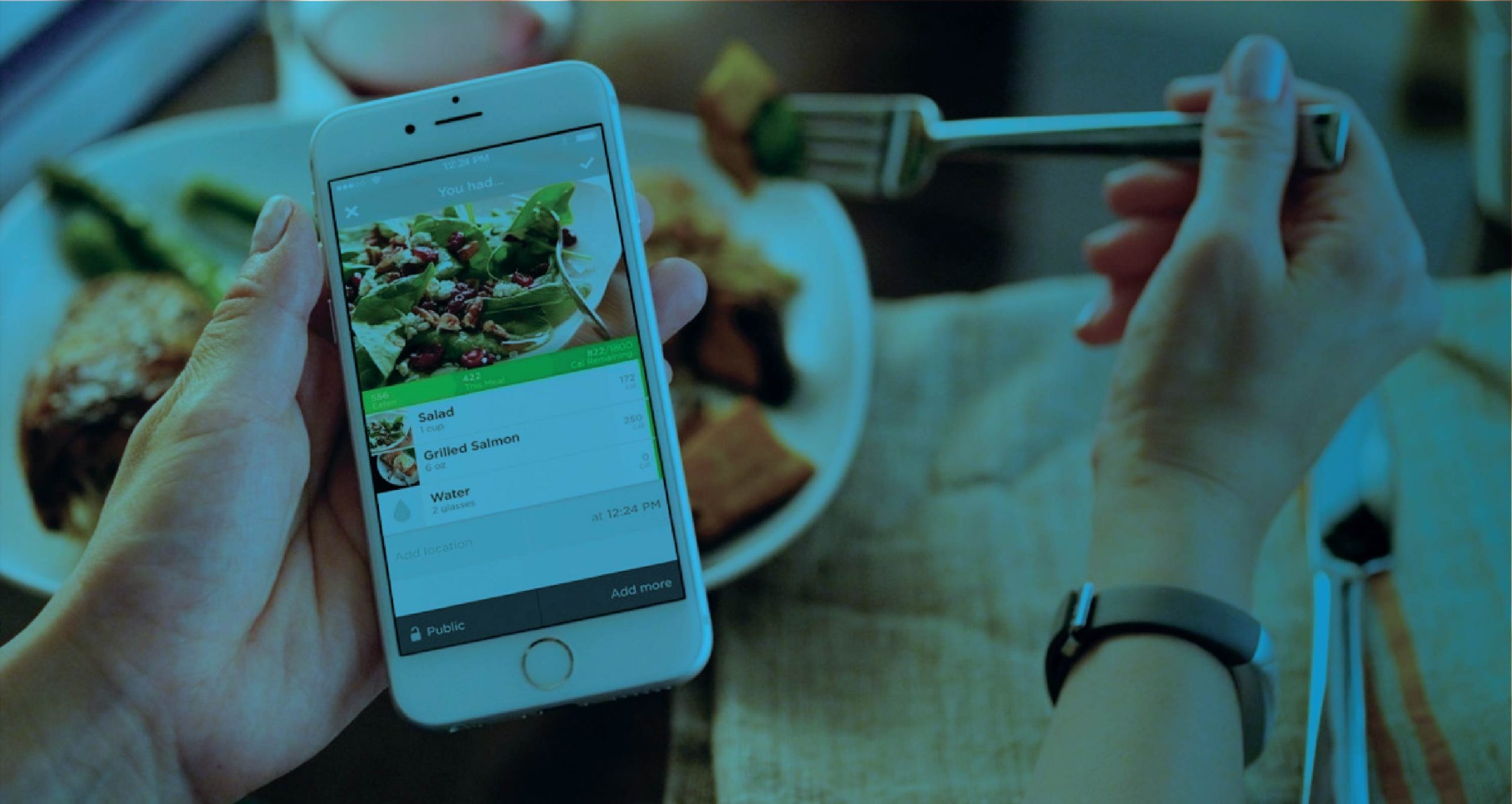I started off this week talking about the new digital age or call it the Fourth Industrial Revolution which is changing almost everything in the world including how food is perceived, purchased, and used by the consumer. The dietetics industry is rapidly evolving too with the new digital age and the technology available to nutritionists and dieticians is undoubtedly accelerating the pace of this change. Is it just me but each passing day we get to learn about a new app, smart tool, software platform/ website offering to their consumers and healthcare professionals some kind of way of keeping in touch more so in these times when it is safer to stay many meters away from each other.
Talking of the changes technology has laid out for us in regards to food being perceived, purchased and used, the Internet of Things (one of the technologies I mentioned used by the Fourth Industrial Revolution) has more than 15 billion devices connected, enabling people to order groceries online from the supermarket, order food online, customize meal plans, and get countless recipes all by a single click on the phone. Now more than ever it is easy to track workouts, log in food and get personalized nutrition services with the aid of technology. The Internet has become a very powerful tool in Medical Nutrition Therapy (MNT). Medical nutrition therapy includes determining individuals’ specific nutritional needs based on their medical status and disseminating this information to them in a manner that enables understanding and adherence to the goals they set with other health care providers.
Personal wearable devices like smart watches have gained alot of popularity lately tracking levels of energy expenditure and other aspects of health, which in turn can provide device-supported advice about dietary needs if they are connected to their smartphones/devices. All this information is helping dieticians have easier ways of collecting continuous biometric data required to make good nutrition interventions for their clients. This also reduces client’s burden of having to provide more accurate, consistent data for a variety of health measures. In dietary analysis, the use of mobile phones to record dietary intake and photograph food prior to consumption is becoming an effective method compared to the recall methods that we have been using, making a more accurate dietary assessment.
This technology I am talking about goes far beyond using social media platforms used as a marketing vehicle to support the practice and brands of dieticians. Technology can fundamentally reshape the way both dieticians and recipients of nutrition based services relate. To my fellow colleagues in the profession, recognizing the importance of emerging technologies for nutrition science will be the corner stone for your practice especially in these changing times.

Here are a few emerging technologies you can take advantage of;
- There are kitchen gadgets nutritionists/dietitians can offer clients like smart scales and smart plates that can obtain information which is automatically uploaded to an electronic portal. This will improve adherence and compliance to meal plans, and also make it easier than ever to measure progress.
- There are lots of free electronic resources (apps, websites, and more) with credible educational materials that you can recommend to your clients to support a healthy lifestyle.
- Nutritionists/dietitians can leverage “gamification apps” to create healthy competitions in workplace settings to encourage healthy living thereby promoting corporate wellness.
- Nutrition providers can connect with their clients in between appointments through online food journals, messaging apps, and client-provider portals, like HealthifyMe many of these found on play store and google play. This promotes continuity of care in between appointments and building closer relationships with nutrition providers and clients which translates to more adherence to recommendations.
- Nutrition providers can make use of practice management software to reduce the time spent on back-office tasks like scheduling, billing and charting, thereby increasing time spent seeing clients and building business.
Technology is sure flipping everything in the world for the better part mostly. When used properly, technology is making patient care more efficient and effective. We encourage everyone to think about how they can include technology in their care. For patient care service providers, learn how technology can help streamline your services while saving you time and money?

This is very important, thank you
Thank you for reading
This is very informative…so much learning. Thanks for sharing
Thank you for reading Connie, Always
My spouse and I stumbled over here by a different web address and thought I
may as well check things out. I like what I see so i am just following you.
Look forward to looking at your web page for a second time.